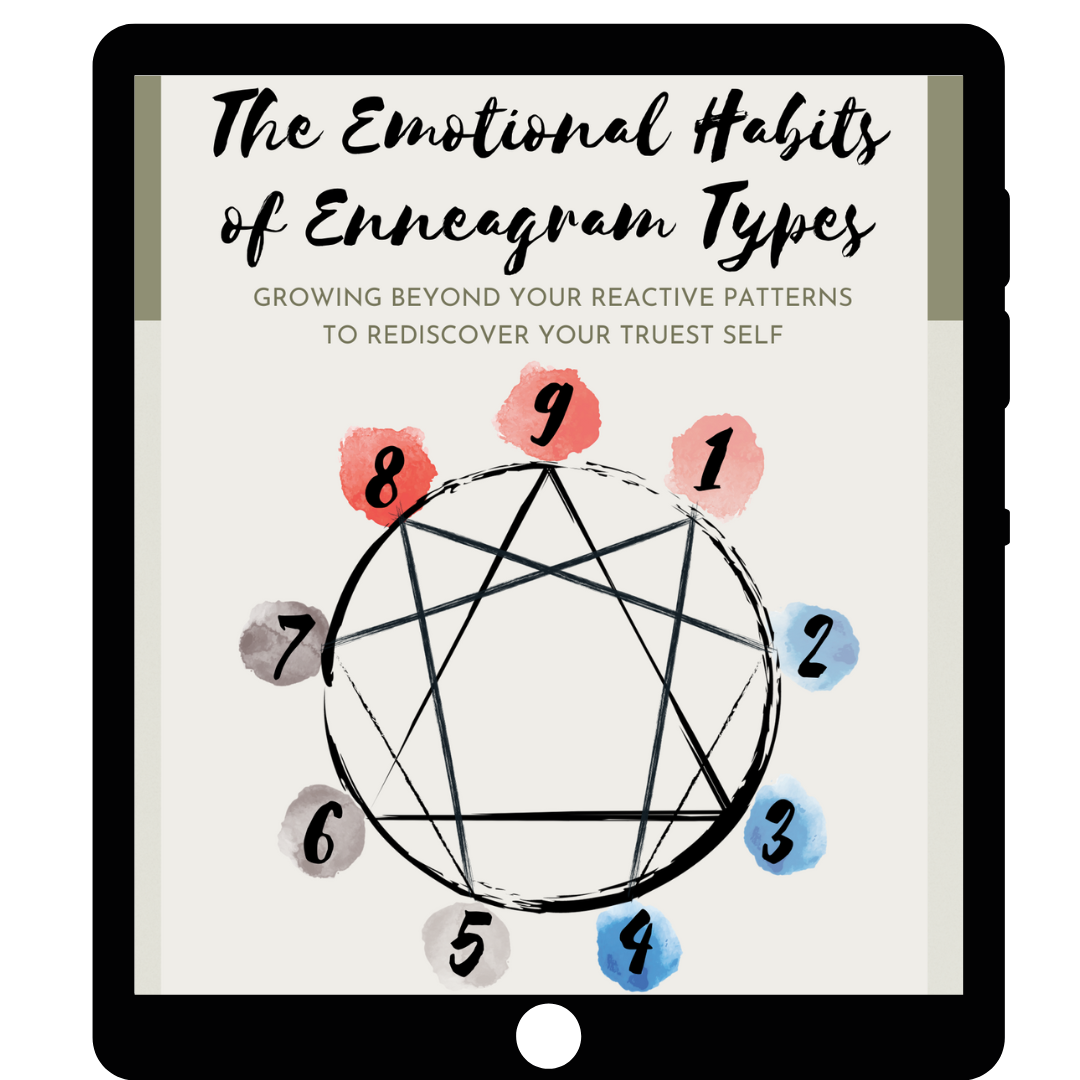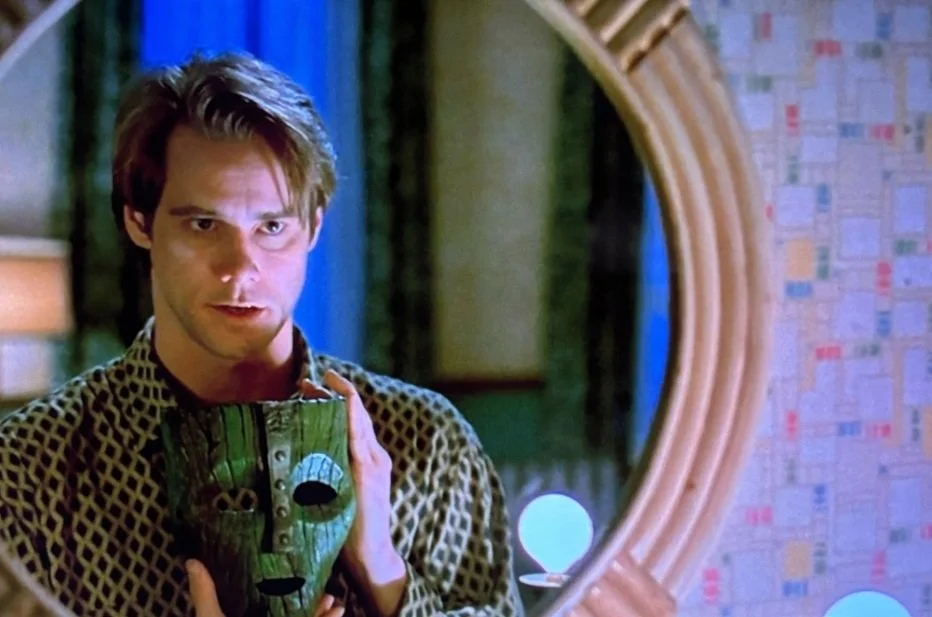Shifting Relationships
Every time we go through any major life event (positive or negative), it's good to check in with the nature of our current connections.
Such shifting points include:
Getting a new job
Starting or ending a relationship
Upgrading to the “next level” of relationships
Moving to another city, state, country
The pandemic
Losing (or gaining) a job
Sometimes we find out through life experience that our connections maybe aren't as sustainable as we might think of them to be. With some people, we may not actually be as close to as we would like.
Instead of constantly putting yourself out there and then feeling disappointed, or hurt, or realizing that your relationships are super imbalanced, it's good to do a check-in every now and then.
Ask yourself, "Is my connection with someone able to sustain the level of intimacy as I would like?"
The Concentric Circles of Connection
There are many different kinds of friendships. It's not a matter of “Yes, I have friends” or “No, I don’t have friends,” but “What kind of friends do I have?”
Imagine that there are several levels or tiers of friendships.
(The number of levels may change over time, but here’s one way of distinguishing them.)
+: Positive experiences
—: Negative experiences
Tier 1: BFFs (+++———)
At the innermost circle are those who are our Ride-or-Die people. These are the people who know ourselves the best, those with whom we can share our deepest darkest secrets with and they will show up.
The relationship is consistent day after day. They're going to be there for you, no matter what. They’ve explicitly made that commitment clear.
You've cultivated a lot of connection and trust and rapport, and they're also able to sustain the difficult emotions. So, it doesn't mean that you have an equal amount of positive and negative interactions with each other, but this is the depth of experiences that you share with them.
When the best and worst things happen, these are the people you call first.
Tier 2: Close Friends (++——)
These folks have demonstrated that they're trustworthy. They share in your personal hardships and also celebrate your wins. You can have great dinners and heart-to-heart talks.
You're still close to them and deeply enjoy their company, but they're not the first people you would call if something happens. (You’ll eventually catch them up when you do meet.)
Tier 3: Fun Friends (++—)
These are people with whom you have mutual interests and have fun. You might like going to concerts, play board games, or do wine tastings, but when something hard goes on in your life, they're nowhere to be found.
That doesn't mean that they're necessarily a bad friend, but they're just not in your inner circles. That’s okay.
It's important when we come across these kinds of connections that we release them from any expectations for us to rely on them, so that THEY don't feel trapped about what we're going through, and WE don't rely on people who are not readily available for us.
But we can still have a good time! Relationships don’t have to be all-or-nothing, eggs-in-one-basket, intensity-or-bust (Take heed, Enneagram Fours! Not all experiences we have in life are super serious and it's good to learn how to lighten up and to enjoy things.).
It’s good to have a wide range of relationships, even ones where surface-level convos are the norm and where activities serve as the core.
Tier 4: Neighbors (+—)
These people can be co-workers or literal neighbors—people you see pretty often. You know each other's names, how many kids or pets y’all have, generally what might be going on in each others’ lives, but you're not necessarily going to call them up to hang out all the time.
You might share, "Someone hit my car bumper last night, and I'm kind of feeling frustrated," or "Yeah, like my kid is about to do a major performance and super excited about it."
Sometimes, to avoid repercussions in your daily life, you may opt NOT to share things.
You might connect every once in a while, but mostly you see each other in passing, say hello, be polite, be gentle. Other than that, they're not necessarily involved in your lives.
Tier 5: Acquaintances (~)
These are people who are neutral and you don’t share much with at all, good or bad. You know of each other, from a distance. If you don’t hit it off, oh well. It’s not (necessarily) a problem.
Tier 6: Blacklisters (——)
These are people who have demonstrated over and over again that they are NOT trustworthy, and they hurt more than help. They often take way too taking up way too much space in the relationship. It’s all about them, and there’s little room for your own feelings or your experiences.
When you try to speak up for what you need, you get shot down or you get dismissed, minimized, gaslit, etc. As these people are toxic, it's generally good to have strong walls up and give them minimal information.
Sometimes these people are those who used to be your closest friends, and sometimes they're family members. It's really really hard and painful in those situations, but the cost for not putting up those boundaries is that you get more and more diminished.
Emotions like resentment, guilt, shame, anxiety are all evidence that someone who belongs in the outer tiers are too close to you. Sometimes they barge in, sometimes you give them an inch and they take a mile.
They may still be valuable as human beings, so they deserve a base level of human dignity (don't be mean to them), but don't give out your personal information (including what’s going on in your life) because they might use it against you.
These are people you interact with where afterwards you feel bad about yourself or your life. THESE ARE NOT YOUR PEOPLE; GTFO.
Is everyone in their rightful tiers?
To maintain health and longevity, do an audit of your current relationships. List 10 people you often see these days, and indicate what your general interaction is like with + and —.
Tier 1 (BFFs): +++——— (can handle both strong positive and strong negative experiences):
Tier 2 (Close Friends): ++—— (similar as BFF, but not first pick)
Tier 3 (Fun Friends): ++— (mostly pleasant, but not as deep)
Tier 4 (Neighbors): +— (neutral, frequent but surface level)
Tier 5 (Acquaintances): ~ (neutral, little sharing)
Tier 6 (Blacklist): ——— (consistently negative)
Plot these individuals onto the Concentric Circles chart (download here). What do you notice?
Some questions to think of:
Are there people who have more access to you than they deserve?
If you keep experiencing more pain than good with someone (and they refuse to change), it might be time for you to bump them into outer tiers.
This does not make them lesser of a person, but just relocates them to where the relationship can actually handle the level of intimacy. When people stay closer than they’re supposed to, that increases the risk that the relationship will implode or explode, resulting in that person being sent to the Blacklist.
Find the right amount of intimacy that is sustainable.Are there some people who have demonstrated trustworthiness that you can give more access to?
Sometimes, those you never expected to be close to may become some of your closest people. Be open to trying out new levels of intimacy until you hit a limit - that might be the new equilibrium point for the next season of your life.
Changing Needs, Shifting Tiers
You may find that there are some people who kind of move back and forth between different tiers—that's totally okay!
Be open to having relationships of varying mobility. Remember, it’s not all-or-nothing.
As we change and grow in life, our needs and wants change. We need to shift our connections to match the new level of personal growth.
What are your Enneagram type's emotional habits?
Grab this free guide that shows you how to grow beyond the patterns that keep you stuck!
Don't know your Enneagram type?
Find yours here!
© Copyright 2021 Joanne B. Kim. All rights reserved.
JOANNE B. KIM, LMFT
Joanne is a Licensed Marriage & Family Therapist and Certified Brainspotting Practitioner in San Jose, CA, who loves helping people create emotionally thriving relationships. She helps people EXHAUSTED by anxiety, shame, and an allergic reaction to anger create VIBRANT relationships where they matter, too.
Many of her clients are:
(1) the highly responsible, conscientious, and empathic types
(2) Enneagram Type Ones, Twos, Fours, or Nines
(3) Highly Sensitive Persons (HSPs)
(4) adult survivors of emotional abuse and neglect
The most common words spoken by those who’ve sat with Joanne:
“I thought it was just me. I’m NOT crazy!”
“I can finally figure out what to do with all these feelings!”






































In a conversation with Catherine Quiring of the Coming Home to Ourselves Substack, we explore the Enneagram through the lens of the show Ted Lasso, going into the importance of emotional intelligence, the role of instincts & subtypes in the Enneagram, and how these concepts can help individuals navigate their personal growth and relationships.